Notes
“Game Changing” Pirelli Calendar Still Exists to Sell Tires to Men
There’s a certain irony in having those two photographs be the entre into a calendar that has been hailed as “completely different,” indicative of a “cultural shift,” and maybe even “revolutionary” for featuring [mostly] clothed women chosen more for their accomplishments than their looks.
Now, the Schumer and Williams photographs have received so much attention partially because they were two of the first four calendar pages released to the public in the roll-out for the calendar (the other two featured Patti Smith and Chinese actress Yao Chen). Williams and Schumer were also two of the most recognizable women photographed for the calendar, alongside Yoko Ono, Patti Smith, and perhaps Ava Duvernay. Still, given headlines like “Amy Schumer undresses for success in new Pirelli Calendar” and “Serena Williams Bares All As Pirelli’s 2016 Calendar Cover Star,” there’s no doubt that the choice to include Schumer and Williams in the early release has at least something to do with their state of undress. Still, this year’s Pirelli calendar—the 43rd commissioned by the high-end Italian tire company since 1964—is, indeed, a major departure in its choice of subjects and depiction of them.
The Pirelli calendar always features the work of a single, accomplished photographer, and this year is no exception: the 2016 calendar is Annie Leibovitz’s creation. The 42 previous calendars have been filled with beautiful women, mostly models, frequently in the maximum state of undress allowable by the norms of their moment: bared legs in 1964, bared butts in 1985, bared breasts in 2015.
The 2016 calendar looks more like a coffee table book than a calendar. Each double-page spread includes the familiar calendar grid on the left, but the photograph on the right is accompanied by a paragraph introducing its subject and her accomplishments. The photographs themselves are far from the pin-ups and soft-core porn of yore. If previous years’ models look out of the photograph to lock eyes with viewers, it is only to draw them in with classic “come hither” seduction. There’s often no need to consider the model’s own gaze in those calendars, however, because her head has been conspicuously removed from the frame. In the 2016 calendar, only Serena Williams and Iranian artist Shirin Neshat look away from the camera, but their poses still couldn’t be further from coy. They are, instead, aloof, reserved, self-possessed, self-sufficient.
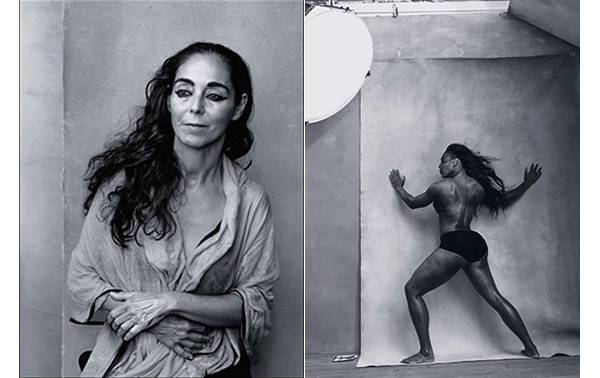
September, Shirin Neshat and April, Serena Williams. Annie Leibovitz for Pirelli. From The New York Times
The remaining eleven women in the 2016 calendar turn their eyes toward the camera lens and the viewer. Some—like Tavi Gevinson of Rookie magazine—seem to be waiting for something, or someone; others—like Melody Hobson of Ariel Investments (above) and Kathleen Kennedy, producer of “Lincoln”—sit as if for professional portraits. Ava Duvernay, Yoko Ono, and Patti Smith quite simply own the scene—what else would we expect from such accomplished figures so accustomed to the public eye?
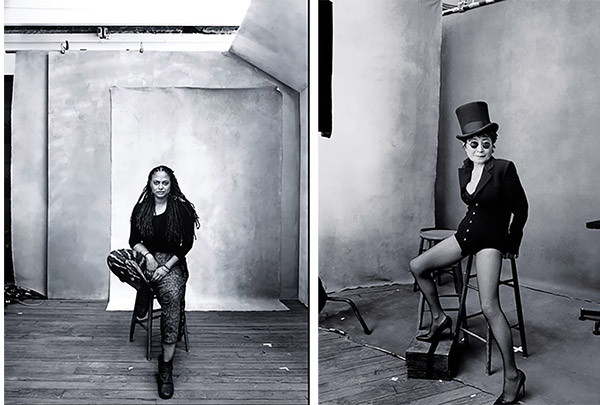
July, Ava Duvernay, and October, Yoko Ono. Annie Leibovitz for Pirelli. From The New York Times
It is clear throughout the calendar that these are women to admire for things very much other than their bodies. They are women to emulate, active women who make the world around them. These are women who consciously and forcefully present themselves (or, rather, are presented by Leibowitz) for purposes other than the soft-core satisfaction of viewers presumed always to be male.
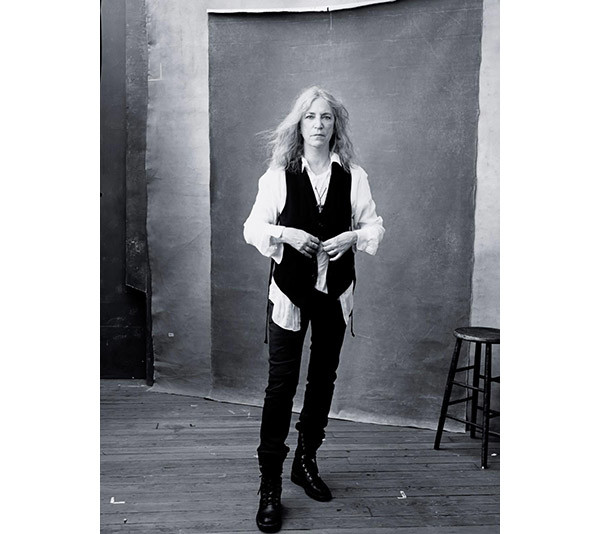
November, Patti Smith. Annie Leibovitz for Pirelli. From The New York Times
Yet that final observation leads me to a point so obvious as to have escaped mention in any article I’ve consulted thus far: these are still all women. And, despite Gevenson’s much-quoted suggestion to the contrary, they are solidly cis-gendered women (unless you count Fran Lebowitz pushing the edges of butch or Gevenson’s own pixie cut). While the women featured in the actual calendar are somewhat diverse in racial terms, it’s striking that, with the exception of Williams and Chen who were in the early release, the white women in the calendar have mostly dominated media reports on the calendar. Hobson, Duvernay, Neshat, and even Ono generally appear only in slideshows sharing all thirteen portraits. Given that the 20,000 copies of the calendar produced this year will be given away by the company to celebrities, favored retailers, and journalists and are not available for sale, it is through news coverage that we can understand how the broader public encounters the calendar.
That encounter, I suggest, still happens very much in the old, familiar terms even as it heralds a departure: it leads with nakedness, it privileges whiteness, and it assumes that men are always, inevitably the primary viewers. Women may now make 50% of vehicle purchases and may be involved in 75% of them, they may earn and spend their “female dollar” (lady bucks?) with fierce independence, they might even stop to admire the looks (and accomplishments) of the thirteen women in the 2016 Pirelli calendar. But this is still a calendar full of women, and it is designed, ultimately, to sell tires to men.
Leibovitz herself said of the 2016 edition, “It shouldn’t be a big step, but it is a big step.” As I watch an inspiring video about the making of the calendar that Harper’s Bazaar has helpfully titled “On Set with the 2016 Pirelli Girls,” I can’t help but hope the next step is bigger.
— Christa Olson
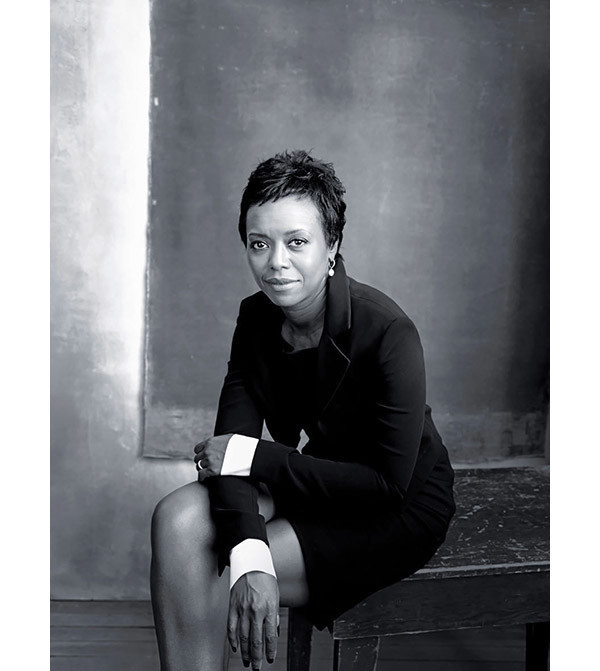
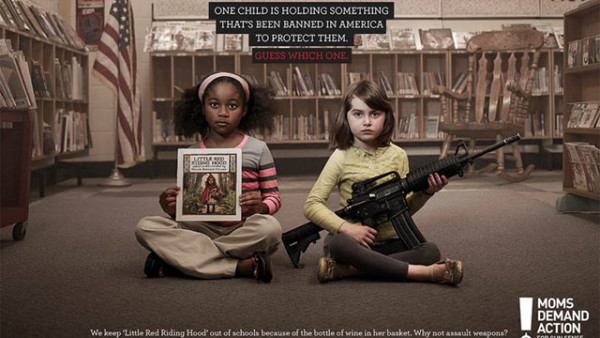

Reactions
Comments Powered by Disqus